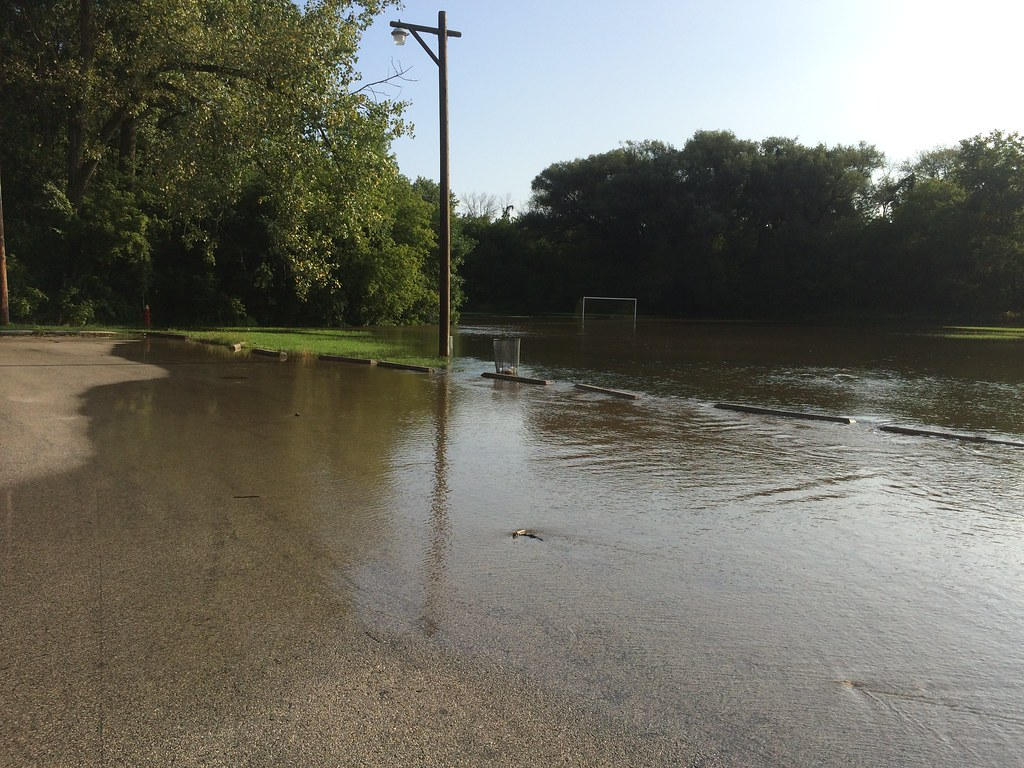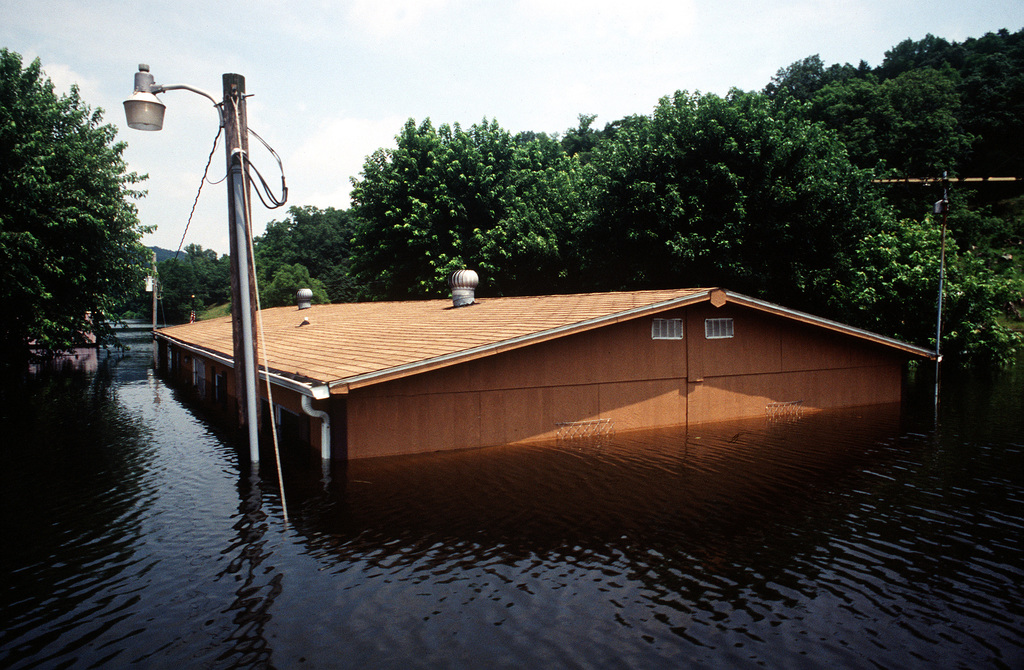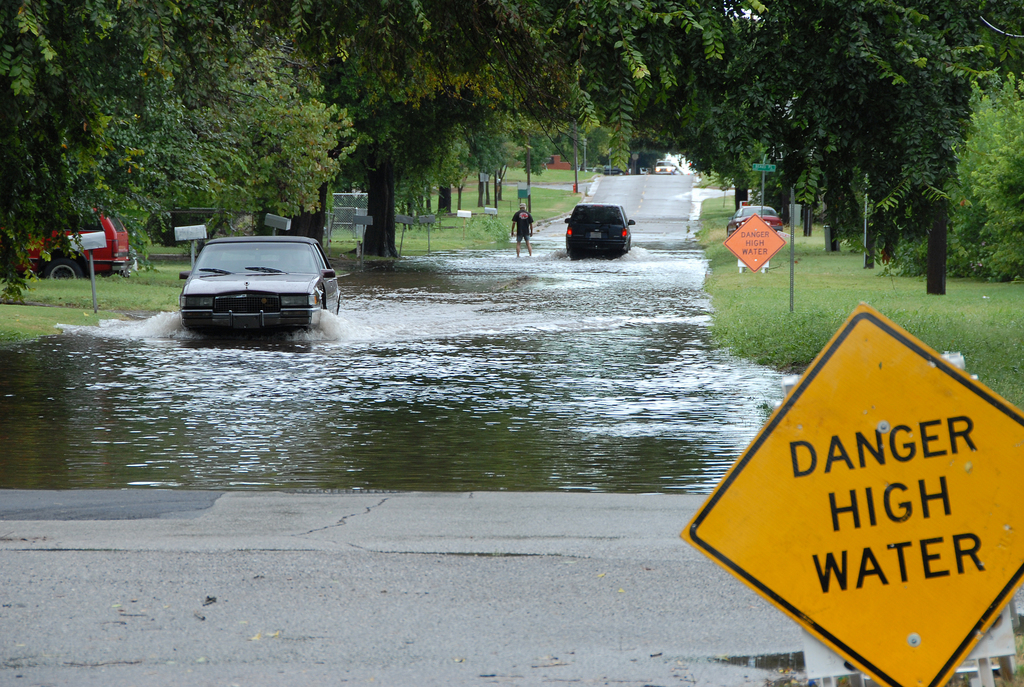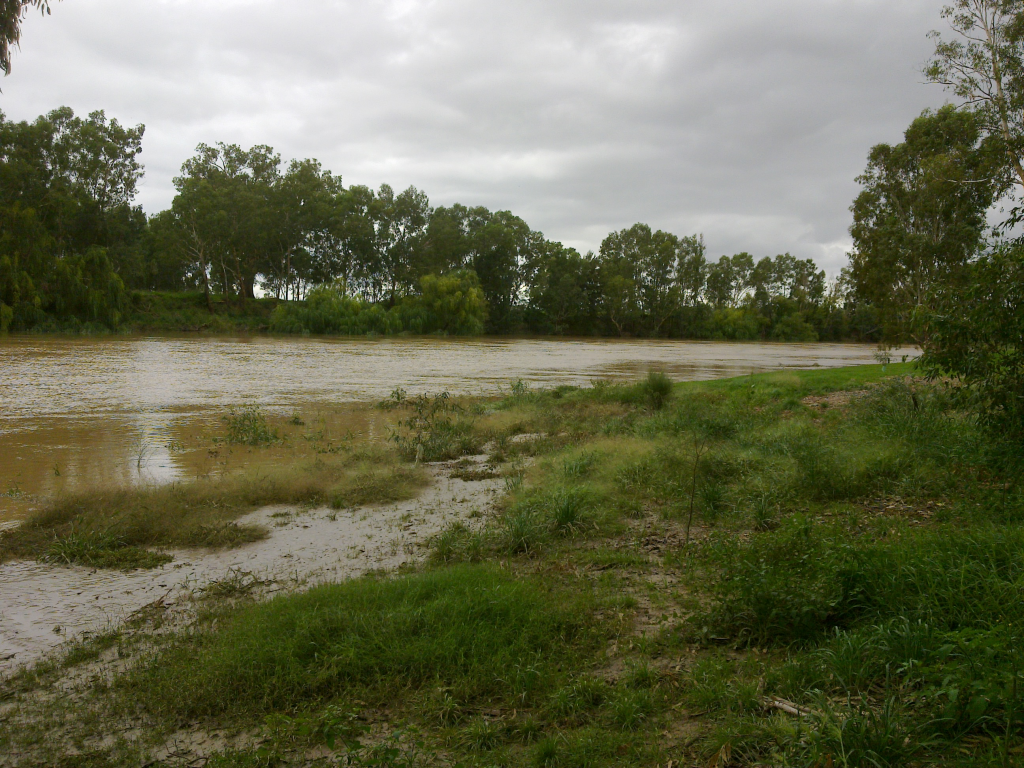
It doesn’t happen every day that a city experiences its second-wettest day in history that’s what Milwaukee just went through. Within hours, 5.74 inches of rain descended on Aug. 9, breaking daily records and driving the weekend total to almost 14 inches in some areas. Streets became rivers, basements ran to the ceiling, and the Milwaukee River crested at a record 11.19 feet at Estabrook Park. For thousands, it wasn’t merely a weather occurrence it was a flood that changed lives.

1. The Storm That Stopped the City
The downpour started late Saturday and soon flooded past stormwater capabilities. The volume came so quick there was no way to get it all out before it flooded, Mayor Cavalier Johnson said. By Sunday morning, vehicles were stuck on major interstates, electricity was out for almost 47,000 customers, and firefighters had gone out on over 600 emergency calls, including 65 water rescues. The Menomonee River in Wauwatosa overflowed, covering a favorite playground, and low-lying streets and underpasses were made impassable.

2. Washed Away by Major Events
The last day of the Wisconsin State Fair was canceled when floodwaters engulfed the fairgrounds, shortening concerts and shows. The USA Triathlon Sprint and Paratriathlon National Championships also expected to attract thousands were also canceled. Even the Milwaukee Brewers’ home game against the Mets was disrupted, with parking lots under water in half. “We will be unable to provide parking for all fans,” the team cautioned.

3. Climate Change’s Fingerprints
Experts indicate that such incidents are increasing in frequency. Climate Central reports that the Midwest has experienced a 45% increase in its most extreme rainstorms since the 1950s. Warming air holds more moisture, amplifying the water cycle and fueling downpours. In the Great Lakes area, the quantity of precipitation from the most extreme 1% of storms has increased 42% between 1958 and 2016, and projections indicate an additional 40% rise by the end of century. This entails that urban flooding threats will continue to increase unless infrastructure evolves.

4. The Human Toll
For homeowners, the statistics mean heartbreak. Jacqueline Zeledon, on Milwaukee’s northwest side, awoke to three feet of water in her basement. “All is lost. Our furnace, water heater, deep freezer full of food, CD collection, clothes, appliances; all downstairs is ruined,” she stated. Throughout the city, manhole covers were blown off, trash floated down streets, and pets walked around confused in floodwater.

5. Staying Safe in Flood Conditions
Authorities kept reminding don’t drive in standing water. Only six inches of moving water can knock an adult off their feet, and a foot can wash a car away. Fire Chief Aaron Lipski cautioned that the floodwaters conceal open manholes and powerful currents “There’s not a whole lot of coming back from that if you fall in.” Residents were also advised against entering flooded basements due to the risk of electrocution and to wear gloves and rubber boots when disposing of debris.

6. Building Your Emergency Flood Kit
Being prepared can be the difference between life and death. A flood safety kit for city living must have bottled water, non-perishable food, a flashlight with spare batteries, a first-aid kit, waterproof document bags, and a phone charger for portability. Store it in an easy-to-access location, and check its contents each season. Having a battery-powered weather radio and a whistle for signaling along with the above items can be a lifesaver for those living in flood zones.

7. Emotional Recovery After Disaster
The physical cleanup is only half the challenge floods can cause long-term emotional stress. Mental health professionals suggest easy grounding strategies breathe slowly, concentrate on small tasks, and reach out to neighbors or local support networks. Speaking freely about the ordeal can help process the shock, and professional counseling is a sign of strength, not weakness.

8. The Bigger Picture for the Midwest
Milwaukee’s flood is not an isolated incident. The same weather phenomenon unleashed damaging storms on Kansas, Iowa, Nebraska, Missouri, and Illinois. Researchers predict that without heavy investment in green infrastructure such as permeable pavement, rain gardens, and increased stormwater capacity cities will be hit by more frequent and expensive disasters. As County Executive David Crowley explained, Our number one priority continues to be the life and safety of Milwaukee County residents. We will weather this, together.

Even as the floodwaters recede slowly, the message is stark severe weather is no longer unusual in the Midwest. Being informed, prepared, and connected is now a part of living safely in an altering climate.


